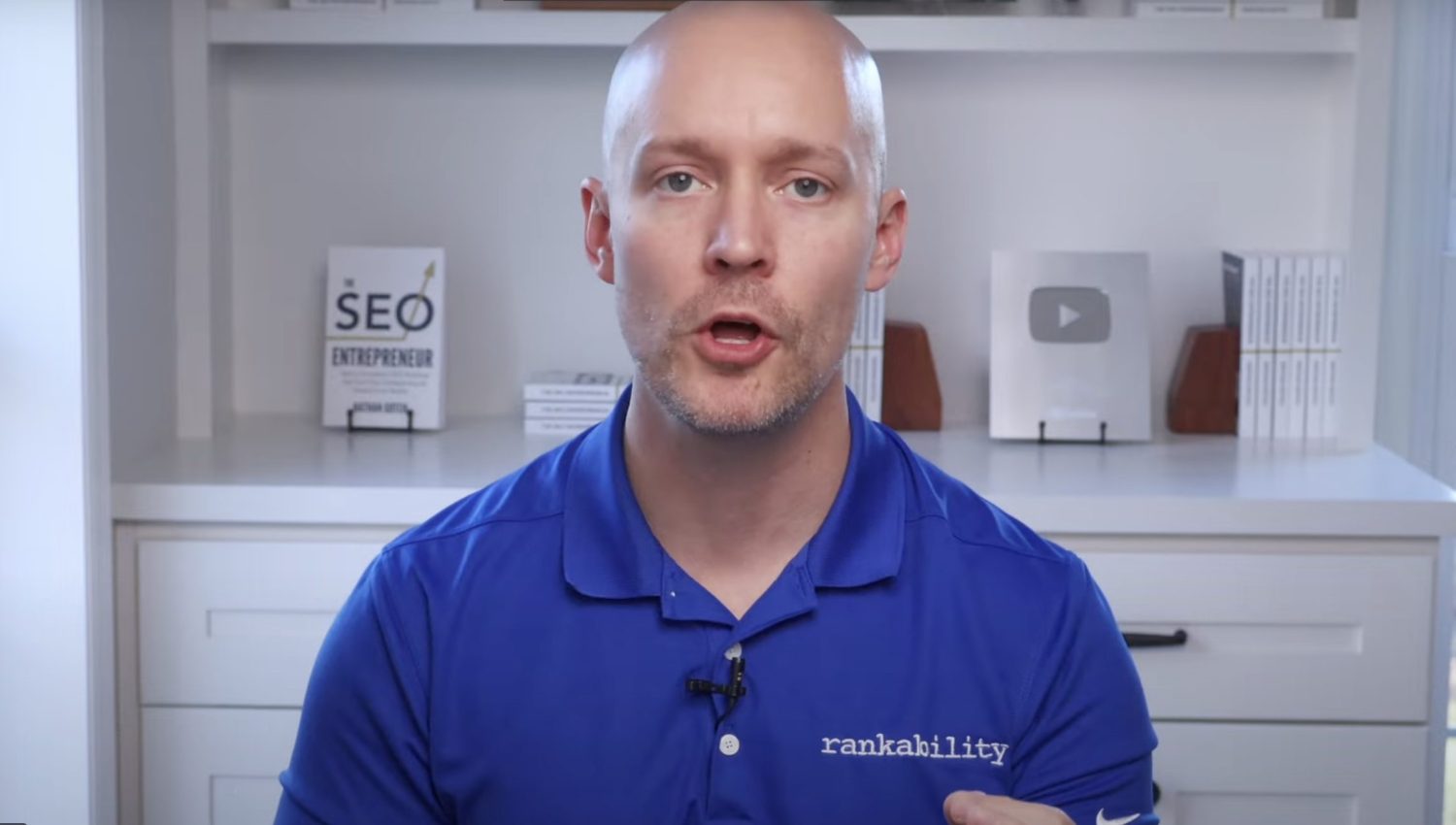The landscape of SEO is shifting dramatically, and the traditional approach to SEO planning no longer delivers the results businesses need. Drawing from extensive experience leading hundreds of successful SEO campaigns, Nathan Gotch has developed a data-driven framework that challenges conventional wisdom and delivers measurable results. After watching Nathan’s detailed explanation into why traditional SEO planning is dead, here are my takeaways.
The foundation of effective SEO planning starts with understanding your current position. Most businesses dive straight into keyword research without analyzing their existing keyword profile – a critical mistake that leads to wasted resources and missed opportunities.
The New Framework for SEO Success
The first step in this modern approach involves a comprehensive analysis of your existing keyword profile. This isn’t just about downloading data from SEO tools – it’s about understanding the story behind the numbers and identifying clear opportunities for growth.
Here’s what makes this approach different:
- Focus on relevance first, metrics second
- Prioritize keywords based on business impact rather than search volume alone
- Identify intent mismatches that create opportunities
- Build topic authority through strategic content planning
The Critical Components of Modern SEO Planning
Keyword Gap Analysis has evolved beyond simple competitor comparison. The key is identifying areas where competitors have established topic authority that you haven’t even begun to compete in. This reveals opportunities to build new content pillars that support your primary commercial pages.
When filtering keywords, we use a three-tier prioritization system:
- Critical: Direct revenue impact
- Supporting: Builds topic authority
- Foundation: Creates broader relevance signals
The Science of Page Performance
A significant shift in SEO planning involves the ranking diagnosis process. This systematic approach examines key variables that prevent pages from reaching top positions:
- Technical foundation assessment
- Content depth and relevance analysis
- Backlink quality evaluation
- User engagement metrics review
The backlink strategy requires particular attention. The data shows that one high-authority backlink (DR70+) often provides more ranking power than hundreds of lower-quality links. This challenges the traditional approach of focusing on link quantity over quality.
Content Development Evolution
The process of creating SEO content has fundamentally changed. While AI tools can assist in the process, they shouldn’t drive it. The most effective approach combines:
- Natural Language Processing (NLP) insights
- Human expertise and creativity
- Strategic formatting for engagement
- Pattern interrupts to maintain reader interest
Technical SEO Integration
Modern SEO planning must integrate technical analysis throughout the process. This includes:
- Regular crawl analysis with advanced API integrations
- 404 error assessment and link reclamation
- Site architecture optimization
- Internal linking strategy refinement
The data shows pages more than three clicks deep in site architecture significantly underperform, regardless of content quality. This makes site structure a critical component of modern SEO planning.
Implementation Strategy
Success in 2025 requires a methodical approach to implementation. Rather than trying to fix everything at once, focus on:
- High-impact commercial pages first
- Supporting content development second
- Technical optimization third
- Ongoing maintenance and adjustment
Frequently Asked Questions
Q: How often should businesses update their SEO plan?
SEO plans should be reviewed quarterly and adjusted based on performance data and market changes. However, major strategic shifts should typically occur annually unless significant algorithm updates or business changes demand immediate attention.
Q: What are the most important metrics to track in modern SEO?
While rankings remain important, focus on revenue-driving metrics like conversion rate from organic traffic, page engagement time, and return visitor rates. These indicators provide better insight into SEO’s business impact than traditional metrics alone.
Q: How does AI impact SEO planning for 2025?
AI tools should be used to augment human decision-making in SEO planning, not replace it. They’re most effective for data analysis and initial content frameworks, but final strategy and implementation require human expertise and creativity.
Q: What’s the biggest mistake businesses make in SEO planning?
The most common error is focusing on keyword volume without considering user intent and business relevance. Successful SEO plans align search intent with business objectives and create content that serves both purposes effectively.








